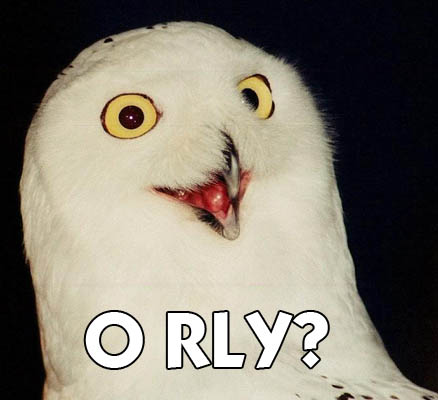Critical thinking. Almost every teacher everywhere asserts that this is the one skill above all others they are trying to develop in their students. And yet.
And yet, have you ever explicitly taught a student the mechanics of critical thinking? That is, how to take apart the logic of an argument and then evaluate it piece by piece? Or are you assuming that your students should have learned that before they come to college?
I don’t think a single professor I ever had stopped and explained critical thinking to me. In my experience my professors, even the great ones, thought that if they role modeled critical thinking enough times their students would tacitly develop the skill. Doesn’t it strike you as odd that almost no one teaches the skill that we as an industry are intensely focused on?
I’ve heard so many of my peers gripe about how their students couldn’t critically think their way out of a paper bag. Heck, I’ve done my fair share of complaining too. The fact that so many of us are struggling with student critical thinking, or lack thereof, makes it even more perplexing that so few of us teach the skill we are desperately missing.
Teaching Critical Thinking
Last summer I came across www.criticalthinking.org and found it’s wonderful Critical Thinking: Concepts & Tools pamphlet by Paul and Elder. It’s a 23 page guide to reason, rationality, and logic that only costs $3. The pamphlet begins by explaining why critical thinking is a valuable skill worth developing and then moves into the mechanics of the intellectual approach. Paul and Elder ask students to break apart an article and locate the main purpose of the article, the key questions the author is asking, the important information the author is basing her or his argument on, the inferences/conclusions the author is drawing, the key concepts we would need to understand the author’s argument, the main assumptions the author is making, and finally what we should do if we take the author’s line of reasoning seriously. As that near run on sentence I just wrote makes clear, Paul and Elder take their critical thinking seriously.
I created a worksheet for my students based on Paul and Elder (2009) that asks them to break down an article using all of the points I just mentioned above. (Download: Word | pdf) I assigned it to my students this semester for the first time and guess what? They HATED it! When we discussed the critical thinking guide in class they thought it was simply stating what everyone already knew and they thought it had little to no value what-so-ever. So you can imagine my delight when they came back to class and said the assignment was, “too hard”.
“Wait, last week you said this was too obvious to spend time on. Now you are telling me this was a hard assignment? You can’t have it both ways,” I said to my class with a sly smile. After talking about their experience for a few minutes it became clear that my students found in-depth critical thinking harder than it looked.
Which leads me too…
The Thing I Hate The Most
The thing I hate the most during an in class discussion is when a student says, “I thought the author was totally biased.” It takes everything I have not to cock my head to the side and say, “oh really?” The accusation that some one is biased requires that you have something to compare one author’s claims against. Bias is a relative term; this argument is biased compared to this other argument.

When students say something is biased it’s an opportunity to develop critical thinking skills. The next time a student throws the bias card out ask them, “What about the authors argument do you find is biased? What questions did they not ask that you would have liked them to ask? What assumptions were they making that you thought unjust? What are they over emphasizing or under emphasizing? And also, what evidence do you have to suggest this over/under emphasis?” With a few rare exceptions, students who argue that something is biased are dismissing the authors argument WITHOUT critically thinking about it. Often calling something biased is really nothing more than intellectual laziness. Students in our classes best come correct.

Comments